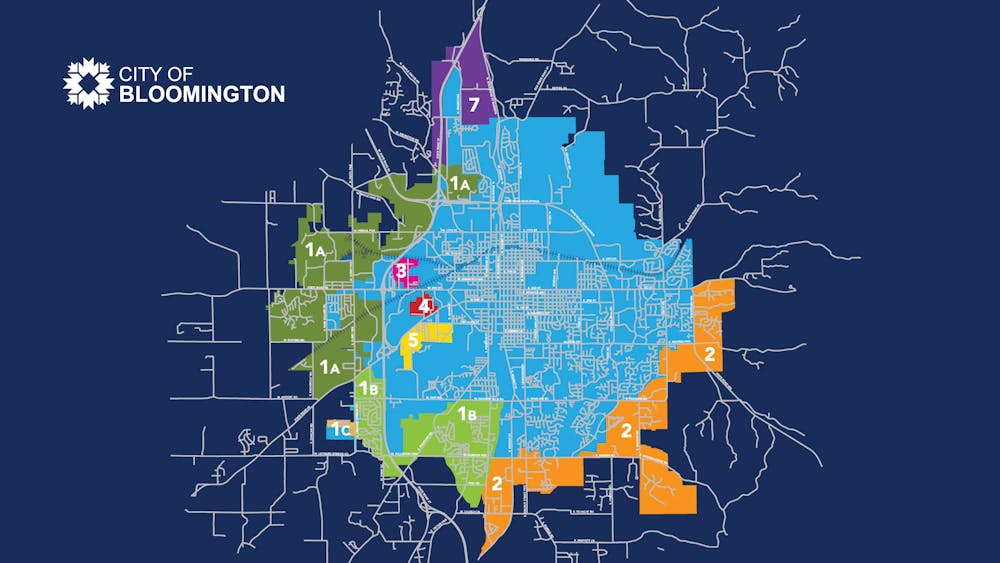The Bloomington City Council approved the annexation of the remaining seven areas into the City of Bloomington, omitting one area on the north side of the city. Many affected Monroe County residents were adamantly opposed to annexation, saying tax increase and alleging the process was flawed.
The council began voting on individual annexation ordinances last week but voted to recess until Wednesday night to continue considering annexation proposals .
The areas approved for annexation in this meeting are 1b, 1c, 2, 3, 4 and 5. The zones stretch from the west side of Bloomington down south and around to the east side of the city.
The council unanimously voted down the introduction of legislation to annex area 7. Mayor John Hamilton’s administration suggested the council not introduce the legislation in a press release on August 10. If the legislation is not introduced to the council within 60 days, it will automatically expire.
All votes to approve annexation were identical to the council’s votes on the first annexation ordinance last week, with councilmembers Dave Rollo, Susan Sandberg and Ron Smith all voting against each proposal.
Council members’ arguments against annexation remained consistent throughout the council meetings about annexation. Rollo adamantly criticized annexation since the Bloomington Police Department has a deficit of sworn police officers. Financial assessments estimate that 23-35 additional officers are needed by the end of 2024.
“I can’t vote to expand the responsibilities of the police department while they’re working mandatory overtime without a convincing plan to remedy this problem,” Rollo said.
Many city and county residents voiced many of the same concerns during public comment. Some county residents often spoke during multiple public comment times, continuing past their time limit and even raising their voice in opposition to the ordinances.
Many argued the tax increase after being annexed into the city will not be proportional to the services they may receive. Some said in public comment they didn’t need or want city services, such as traffic lights or sidewalks.
Bose, McKinney & Evans LLP. attorney and outside annexation council Steve Unger said residents in the annexed areas can expect to see the addition of city taxes in May and November 2025 assessments in 2025.
Councilmember Isabel Piedmont-Smith said she didn’t understand some of the arguments county residents made. Some county residents already use services, local shops and restaurants the city offers, so it shouldn't be an issue to pay for those services, she said.
“Many people who live outside the city limits, they go anywhere else in Indiana, or traveling, they’ll say I’m from Bloomington,” Piedmont-Smith said “Well, let’s make it official.”
Some residents criticized the annexation process, alleging this is taxation without representation and wasn’t a democratic process.
Councilmember Stephen Volan opposed this view and said the laws and institutions upholding this process were approved democratically. He said if the residents don’t agree with it, they can vote for new city council members in the next election in December 2023.
“To say that it’s not democratic is to say that the state is not democratic,” Volan said. “But annexation laws were passed through a democratic process, whether or not they’re fair or not, that’s the remedy.”




